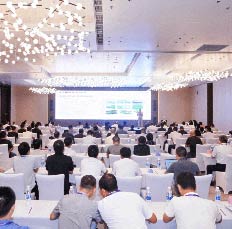A cross-border community for researchers with openness, equality and inclusion
- ABOUT
- NEWS
-
EVENTS
-
Apply USS’ financial sponsor / technical sponsorship to your event
Lunch a new conference under USS brand
Apply IT support for your conference
Publish your conference proceedings in USS Digital Library
- Submit your conference proposal
-
- MEMBERSHIP
- USS DIGITAL LIBRARY
-
PUBLICATIONS
-
Launch a journal with USS
Host your journal on USS
Use USS's Journal System
- Submit your publication proposal
-
- CONTACT












